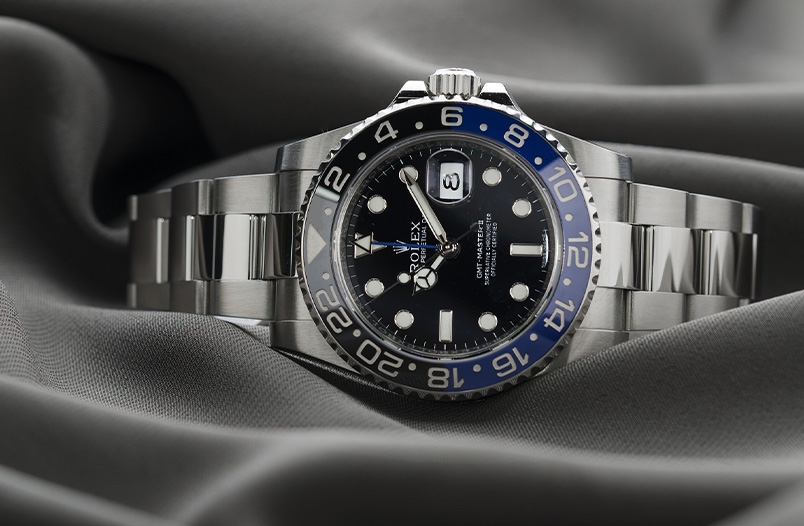The Tudor ‘Big Block’







The Tudor Chronograph
In 1970 Tudor entered the chronograph market with a watch that was very different from its Rolex Daytona brethren – The two incarnations of the ’Monte-Carlo’ were bold, bright and colourful and occupied their own place in the Rolex family lineup, as a slightly inferior model to the Daytona.
Then in 1976 there was a shift and the ‘Big Blocks’ were born. Far from establishing a point of difference from the Rolex Daytona by continuing with the ‘fun’ slightly ‘junior’ theme, Tudor made a watch that was similar to the Daytona and in one key way, actually superior….
Valjoux Movement
As well as toning down the colour palette and producing monochrome chronographs (although exotic-dialed 9000-series ‘Big Block Monte Carlos’ were made), Tudor adopted the Valjoux 7750 movement, not only adding an extra chrono sub dial but also a quick set date and an automatic movement. This automatic movement made the Big Block the first self-winding chronographs from the Rolex group – it would take Rolex themselves well over ten years to make an automatic Daytona and 25 years to make one with an in house movement.
As well as an advanced set of features, the Valjoux movement brought with it the necessity for a deeper case than its predecessors to house the self-winding mechanism and rotor, hence the nickname “Big Block”.
The first Big Blocks were the 9400’s consisting of three references that gave the option of three different bezels:
- 9420 with an acrylic tachymeter bezel
- 9421 with a 12-hour calibrated rotating bezel
- 9430 with a steel tachymeter bezel
In the late 1980’s, the 9400 series was replaced by the 79100 series of Big Blocks and again, there were three references with three bezel types:
- 79160 with a black plastic tachymeter bezel
- 79170 with a black graduated 12-hour rotating bezel;
- 79180 with a steel tachymeter bezel.
The End of the Tudor Big Block
By the mid 1990’s Montres TUDOR S.A. was 50 years old and they started to made decisive moves to differentiate themselves from their Rolex brothers. As a consequence the direct references to Rolex were steadily disappearing from the cases, winding crowns and bracelets of Tudor watches to be replaced with own brand alternatives and the day of the Big Block was over.
An important watch and often overlooked, the Big Blocks are one to watch that’s for sure



